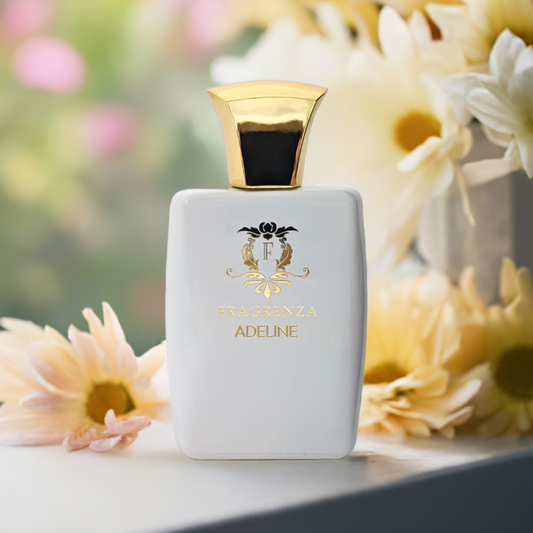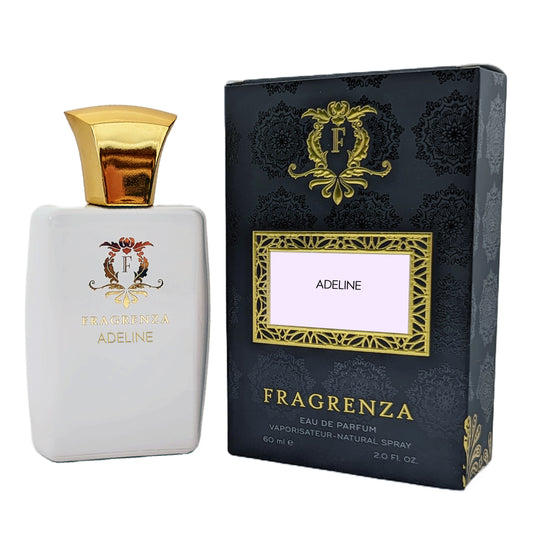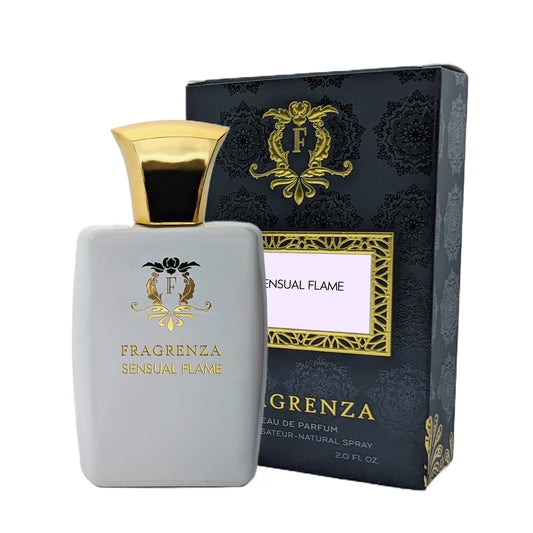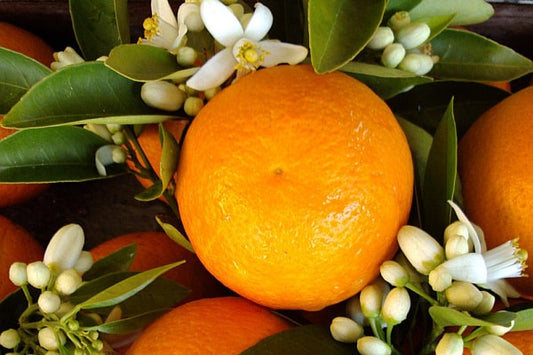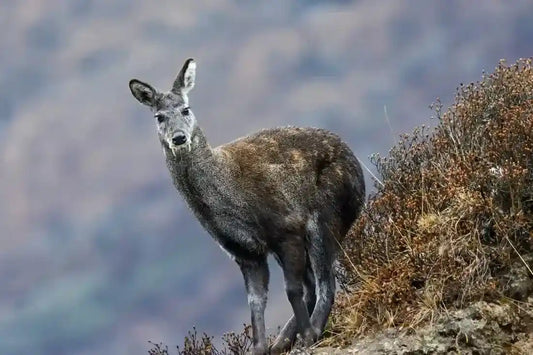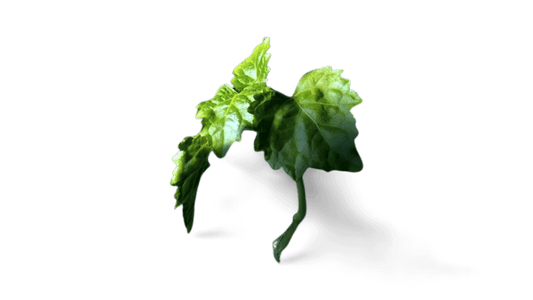- Adeline Delina Exclusif by Parfums de MarlyVendor:Inspired by Parfums de Marly Delina Exclusif dupeRegular price From $9.99Regular priceUnit price per
$0.00Sale price From $9.99 - Sensual Flame Cassili by Parfums de MarlyVendor:Inspired by Parfums de Marly Cassili cloneRegular price From $9.99Regular priceUnit price per
$79.99Sale price From $9.99Sale -
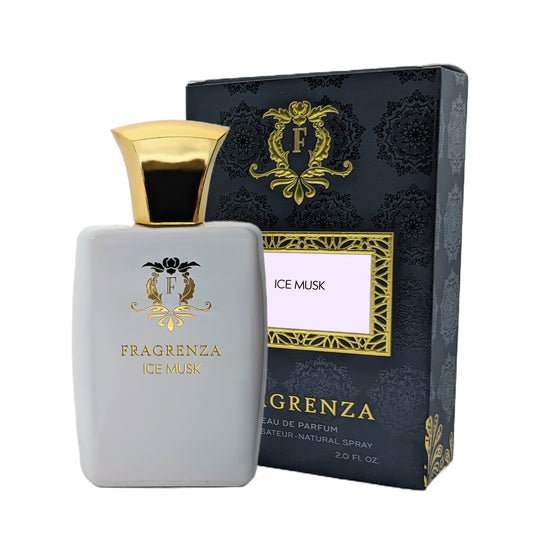
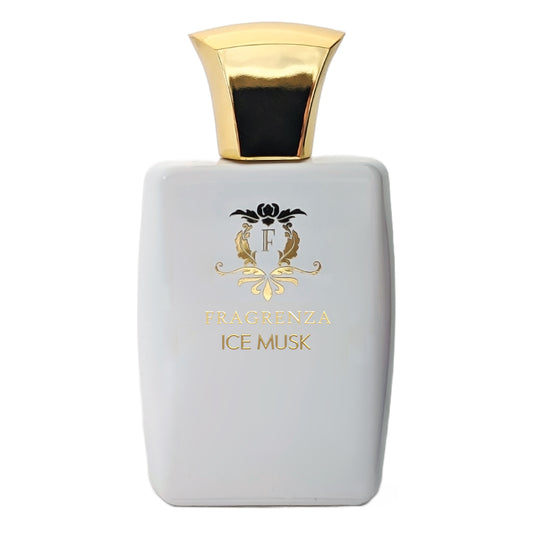 SaleIce Musk Ice Musk by Fragrenza TwistVendor:Regular price From $9.99Regular priceUnit price per
SaleIce Musk Ice Musk by Fragrenza TwistVendor:Regular price From $9.99Regular priceUnit price per$69.99Sale price From $9.99Sale
Linaloe berry Fragrances
Explore our collection of linaloe berry fragrances. Shop linaloe berry perfumes that will captivate your senses.Lily Fragrances
Experience the invigorating scents of lily fragrances. Discover the best lily perfumes and immerse yourself in a refreshing aroma.Litsea Cubeba Fragrances
Indulge in the captivating litsea cubeba fragrances. Explore the best litsea cubeba perfumes and let their enchanting scents transport you.Macadamia Fragrances
Discover the delightful scents of macadamia fragrances. Shop best macadamia perfumes online and add a touch of elegance to your fragrance collection.Lovage Root Fragrances
Immerse yourself in the world of lovage root fragrances. Experience the best lovage root perfumes for men and discover unique and captivating scents.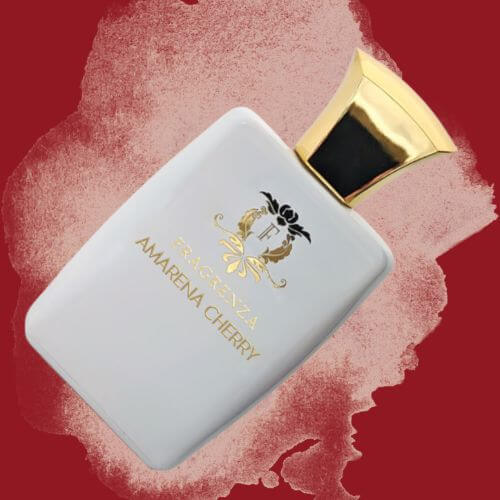
Amarena Cherry
Obsessed with cherry? If you want to really amp up the cherry scent, this Tom Ford Lost Cherry dupe will give Lost Cherry a run for its money. Black cherry, cherry syrup, and cherry liqueur all mingle together for an indulgent cherry overdose that’s complemented by notes of almond, tonka bean, Turkish rose, and jasmine sambac.
Fruits, Vegetables And Nuts
Litchi chinensis Other names: lychee
Collapsible content
Description
LITCHI LITCHI Botanical name - Litchi chinensis Family - Sapindaceae Common name - Lychee, lychee Lychee is known as a very delicious fruit and it's also my favorite� really� every time the name lychee comes to mind it makes my mouth water. The red-skinned fruit contains a single seed, surrounded by an aril or juicy, sweet aromatic flesh. Observation of characters in the experimental garden at the experimental station Lychee or lychee Litchi chinensis Sonn. Is native to the region between southern China, northern Vietnam and the Malay Peninsula, but is now cultivated in many countries with a subtropical climate. It is a very well known fruit in Asia, but relatively rare in Africa, the Middle East and America. The Sapindaceae family represents the attractive and eye-catching fruit of the Nepheleae subfamily of the Orient. Lychee Litchi chinensis, longan Euphoria longan, rambutan Nephelium lappaceum and pulasan Nephelium mutabile are similar trees, but distinct in morphology and ecology of the fruits. Lychee is the most economically important member of this group. Lychee is popular as one of the kings of tropical fruits and has a very long history in Asia. The fruits are very attractive, with a bright red skin covered with angular or conical protuberances. The Longan fruit resembles lychee, but the fruits are smaller, smoother, tan-yellow to brown, sweeter in flavor and less acidic. Rambutan and pulasan are also similar to lychee, with a red or yellow skin, however, long hairs or threads replace the protrusions. Lychee is a long-lived evergreen tree, up to 10-15 m tall, which produces its new leaves, flowers and fruit on terminal branches. In some cultivars the branches are twisted or twisted and spreading, forming a crown that is wider than it is tall, while in other cultivars the branches are straight and erect, forming a compact, rounded crown. The leaves are alternate and compound, with two to five leaflets. New shoots turn red-brown when immature and light to dark green as they mature. The inflorescences are in the form of multi-branched panicles and the flowers are small, yellowish-white, functionally male or female and without petals. Functionally, male flowers have six to ten stamens. Lychee flowers and fruits The fruit exhibits variability in size, can be round, ovoid or heart-shaped, and 2. 0-3. 5 cm in diameter. The skin can be smooth or rough with distinct protrusions, thick or thin, and pink-red, bright red, or red-purple. The flesh or aril is an outgrowth of the outer cells of the seed coat and, in good cultivars, can represent 80 percent of the weight of the fruit. The aril is usually translucent white, juicy or firm, and sweet and aromatic in the best cultivars. Many cultivars are distinguished by their flavor and aroma. The red color of lychee is due to the activity and presence of different types and amounts of a pigment, namely anthocyanin cyanidin-3-glucoside, cyanidin-3-galactoside, pelargonidin-3-glucoside. The browning of the pericarp is due to the action of polyphenol oxidase and peroxidase on anthocyanins, resulting in damage or deterioration. The chemical browning / discoloration process of the pericarp can be stopped or slowed by treatment immediately after harvest. Artificial cross-pollination for the production of hybrid varieties Due to the reduced storage capacity of lychee, the preservation of color and smell is very necessary for transportation to distant places or abroad. For this, the process of sulfitation is a famous and scientific technique, in which air mixed with sulfur is blown over lychee for 30-60 minutes in a closed chamber. This colors the pericarp light yellow and subsequently the fruits are stored at a temperature of 4 � C. This technique preserves the lychee fruits and after reaching their final destination, the fruit regains its natural color. The fruit contains a single dark brown seed. The seeds are bold but in some cultivars the seeds are partially developed, due to pollination failure, called chicken tongue seeds. Small fruit trees with seeds are prized because of the larger portion of pulp. India is the second largest producer after China, with over 500, 000 tonnes in a good year. However, most of the crop is sold locally, with little interest in exports until fairly recently. The main cultivars of Lychee in India are Shahi, China, Calcuttia, Bedana, Late Bedana and Longia. Abundant fruiting in good harvest season The Food and Agriculture Organization of the United Nations has developed CODEX standards for fresh lychee exports. Ripe fruit should have predominantly red skin, with only a small patch of green allowed. The diameter of the fruit must be greater than 20 or 25 mm for second class or standard fruits, and greater than 33 mm for additional class fruits. The total soluble solids content should be greater than 18 percent. The sulfur residue in the flesh should not exceed 10 mg per kg. Lychee, being demanding in terms of climatic and pedological requirements, has a limited distribution. It is very specific to the climatic requirements of its establishment, of the growth and fruiting of plants, and consequently of the spreading of the surface. A humid atmosphere, occasional rains, a cool and dry winter without frost and warm winds are ideal for its cultivation. It is cultivated in the states of Bihar, Tripura, West Bengal, Uttar Pradesh, Punjab and Haryana in India. Of the total lychee production in India, 74 percent comes from Bihar. The second largest lychee producing state is West Bengal, followed by Tripura and Assam. The National Research Center for Litchi Indian Council of Agriculture Research, Muzaffarpur Bihar, India, has engaged in the systematic collection, conservation and characterization of lychee cultivars and has worked on various breeding and engineering techniques genetics to develop high yielding cultivars. They have also developed post-harvest management and technologies for better use of the fruit. The first author was an associate researcher and worked on various aspects of lychee during the period. The fruit contains protein, fat, carbohydrate, calcium, iron, thiamine, riboflavin, niacin and ascorbic acid. In China, lychee can be used fresh, dried or processed. The fruits can be dried in the sun or in the oven, with good flavor retention. Most of the dried fruits are sold locally, some being exported to other countries in the Region. In India, fresh and peeled lychee fruits are eaten directly and can be taken as fresh aril juice. They are commonly added to fruit cups and fruit salads. Fruit can be layered with pistachio ice cream and whipped cream in parfait glasses for dessert. Mashed lychees are added to the ice cream mixture. Sorbet is made by extracting juice from fresh, seeded lychees and adding it to a mixture of prepared plain gelatin, hot milk, light cream, sugar and a little lemon juice, and freezing. Peeled and seeded lychees are canned in sugar syrup in India and have been exported from China for many years.
-
Our best sellers.
-
Adeline PDM Delina dupe Better Peach Tom Ford Bitter Peach dupe Chloris Gardenia Gucci Flora Gorgeous Gardenia dupe Fearless Love Kilian's Love, Don't Be Shy dupe Selvaggio Dior's Sauvage dupe Addict Noir YSL's Black Opium dupe Empress D&G's L'Imperatrice dupe Divino Bleu de Chanel dupe Lo amo J’Adore Dior dupe Pretty Girl Carolina Herrera's Good Girl dupe



